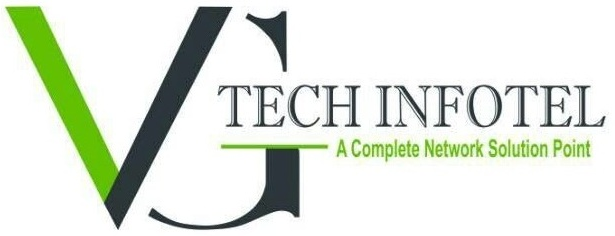How Fiber Optic Cables Revolutionize Internet Connectivity

In today’s hyper-connected digital world, the demand for high-speed, reliable internet is non-negotiable. Whether for households, businesses, or ISPs, robust infrastructure is key—and fiber optic cables are at the forefront of this revolution. These slim, powerful cables transmit data at lightning speed, ensuring users stay seamlessly connected. But what makes them superior to traditional copper wiring? Let’s dive in.
💡 What Are Fiber Optic Cables? (H2)
Fiber optic cables are high-speed data transmission lines made of thin strands of glass or plastic fibers. Each strand is capable of carrying data encoded in light signals over long distances with minimal loss or interference.
🔍 Key Features of Fiber Optic Cables (H3)
-
High Bandwidth Capacity
-
Minimal Signal Degradation
-
Resistance to Electromagnetic Interference (EMI)
-
Secure Data Transmission
-
Lightweight & Flexible Design
⚡ Why Fiber is the Future of Internet Connectivity (H2)
Fiber optic technology offers a leap forward compared to traditional copper cables or coaxial setups.
🚀 Unmatched Internet Speeds (H3)
Fiber optic cables can deliver speeds up to 1 Gbps and beyond, supporting seamless HD video streaming, video conferencing, and cloud-based services without buffering or lag.
🔄 Symmetrical Upload and Download Speeds (H3)
Unlike DSL or cable internet, fiber provides equal upload and download speeds, which is crucial for remote work, gaming, and live-streaming.
🌍 Long-Distance Signal Transmission (H3)
Signals transmitted through fiber experience less loss over distance. This makes it ideal for inter-building, regional, or international data transmission.
🛡️ Fiber Optic Cables vs. Traditional Copper Cables (H2)
| Feature | Fiber Optic Cables | Copper Cables |
|---|---|---|
| Speed | Up to 100 Gbps | Up to 100 Mbps |
| Signal Loss | Very Low | High |
| Interference | Immune to EMI | Susceptible |
| Durability | More robust, longer life | Prone to wear |
| Security | Very secure | Less secure |
Fiber optics clearly outperform traditional methods, making them the go-to choice for modern networking needs.
🏢 Applications of Fiber Optic Cables in Modern Networks (H2)
Fiber optic cables are no longer limited to large-scale ISPs or corporate giants. They are now an essential part of many sectors:
-
Home Broadband Networks
-
Enterprise-Level Data Centers
-
Educational Institutions
-
CCTV Camera Systems
-
Healthcare IT Infrastructure
-
Smart Cities and IoT Systems
🔧 Choosing the Right Fiber for Your Needs (H2)
There are mainly two types of fiber optic cables:
1. Single-mode Fiber (SMF)
Ideal for long-distance communication—used by telecom providers and ISPs.
2. Multi-mode Fiber (MMF)
Better suited for shorter distances—perfect for LAN setups, CCTV cameras, and office environments.
✅ Advantages of Fiber Optic Cable Installation for ISPs & Businesses (H2)
-
Improved Network Efficiency
-
Reduced Downtime and Maintenance
-
Future-Proof Infrastructure
-
Greater ROI on IT Investments
Businesses and ISPs that deploy fiber networks gain a significant competitive edge in service delivery and customer satisfaction.
🔚 Conclusion (H2)
Fiber optic cables are not just a luxury—they’re a necessity in today’s digital ecosystem. From delivering lightning-fast internet to supporting future technologies like 5G and IoT, they offer an unmatched combination of speed, security, and reliability.
👉👉👉 Contact Now to upgrade your infrastructure with advanced fiber optic solutions from VG-Tech Infotel.











